Common fabric-related knowledge of sweatshirts
1. Terry cloth
Terry cloth is a variety of knitted fabric.When weaving, certain yarns are presented as loops in a certain proportion on the rest of the fabric and stay on the surface of the fabric, which is terry cloth. It can be divided into single-sided terry and double-sided terry. Terry cloth is usually thicker, the terry part can hold more air, so it has warmth, and is mostly used in autumn and winter clothing items. The terry part can be processed into fleece after the brushing process, which has a lighter and softer feel and superior warmth.
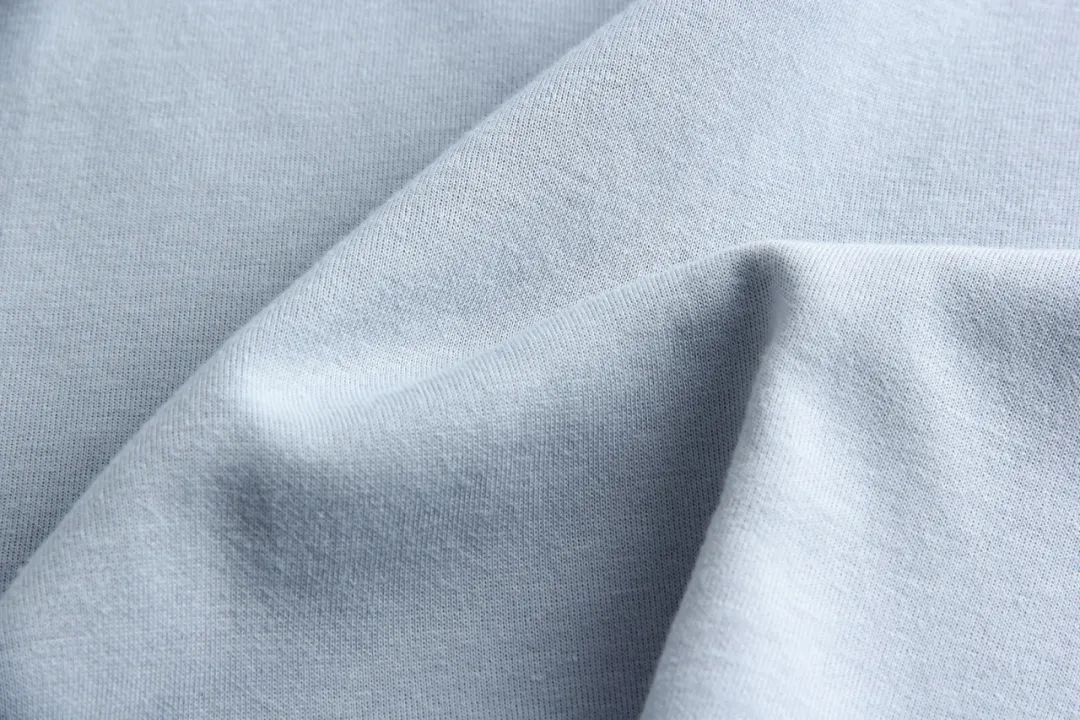
Advantages: Good strength, soft hand, warmth and breathability.
Disadvantages: easy to sag.
2. Fleece
Because of the different ways to group the fleece, and the different materials used, so the fleece is unusually rich in variety, so summarizing is not easy. To facilitate the choice of use, here by the different functions are to be classified. Outdoor fleece can be used to achieve the following functions: warmth, windproof, lightweight, quick dry, wear-resistant, extended, easy to compress, easy care for, anti-static, water repellent, etc., most of the common outdoor fleece used to achieve one or more of these functions, so if the subdivision is still a lot, here by the main function is simplified into two categories, one is warmth; the second is windproof. Fleece is often a combination of multifunctional, just to facilitate the selection of reference and rough classification. No matter what kind of material fleece, thickness is still the main basis for determining the warmth performance, in addition, the warm and cold feeling is still a matter that varies from person to person, and can not be generalized. The compressibility talked about here is also just a relative comparison between the fleece material. Simply put, fleece is a process that allows the fabric or inner material to produce a shorter fleece.
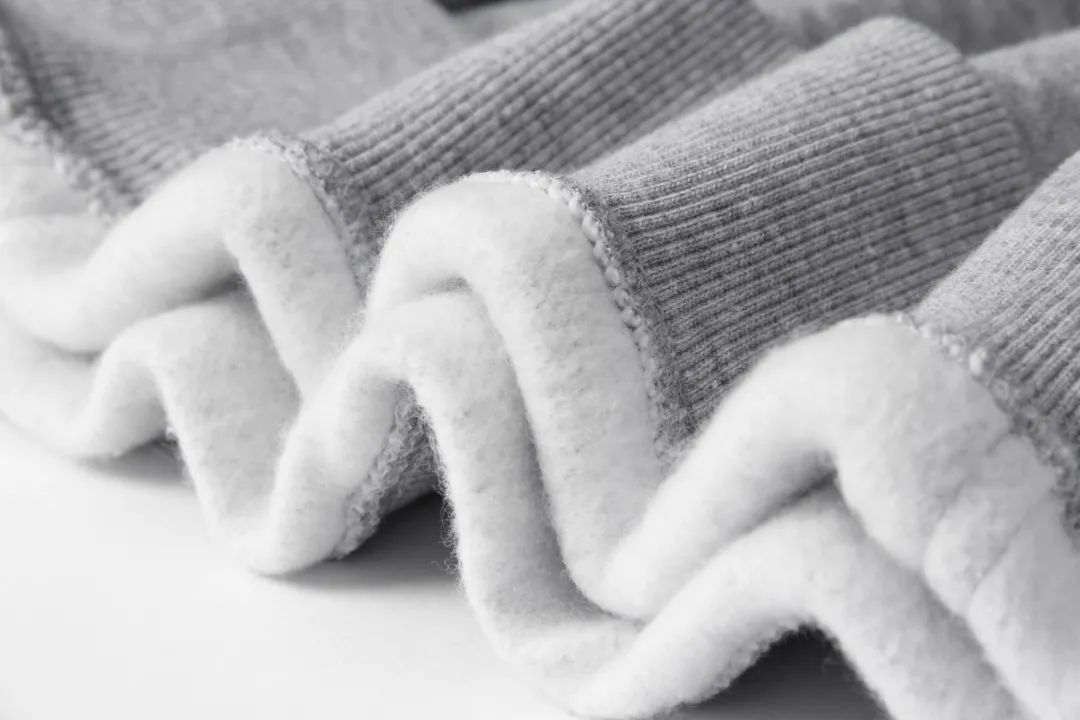
Advantages: lightweight, the same weight of fleece warmth is much better than wool; and it has more breathable, capillary drainage and isolation insulation, and other excellent performance.
Disadvantages: light resistance is relatively poor, the cleaning and ironing time should pay special attention, and fleece fabric is not able to be exposed to the sun.
3. Sheep velvet
It is knitted by a large circular machine. After weaving, the fabric is first dyed and then processed by a variety of complex processes such as wool pulling, combing, shearing and grain shaking, etc. The front side of the fabric is wool pulling, and the grain shaking is fluffy and dense but does not easy to lose hair and pilling. Its composition is generally all polyester, and soft to the touch.
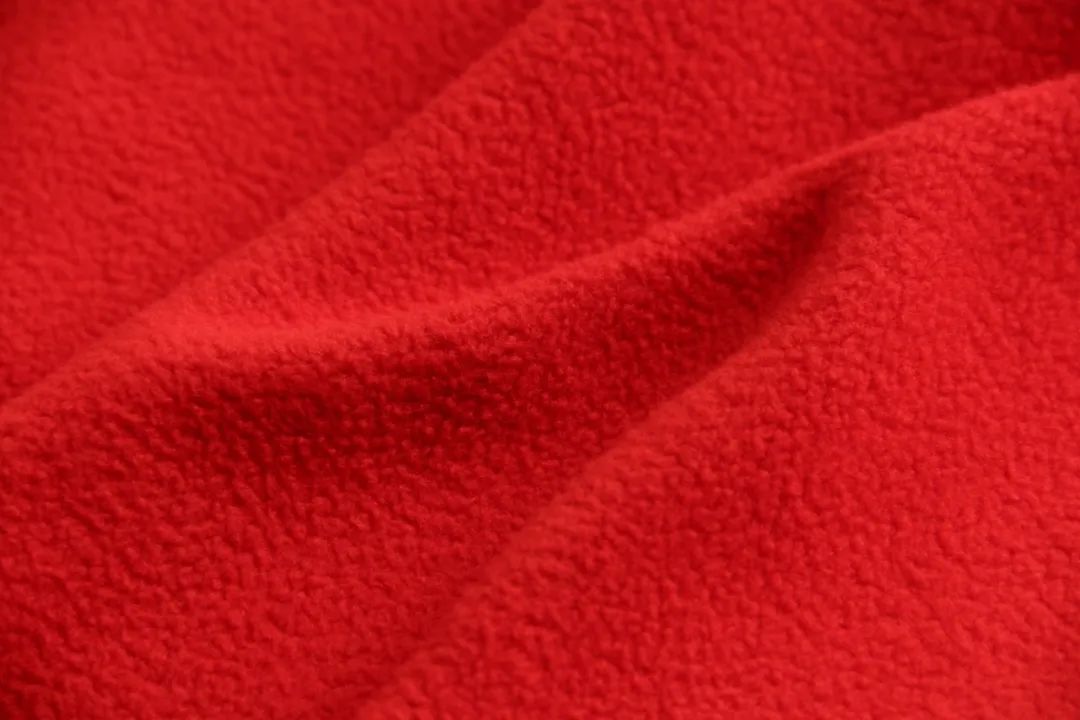
Advantages: fabric front brushed, fluffy grain dense and not easy to lose hair, pilling, reverse brushed sparse proportional, short pile, tissue texture is clear, fluffy elasticity is very good. The warmth effect is good, rocking fleece can also be compounded with all fabrics so that the cold effect is better.
Disadvantages: technology is not perfect, the price is also relatively high, product quality varies, and may be more likely to cause asthma and other diseases.
4. Silver Fox Fleece
The main fabric composition is polyester and spandex, of which 92% is polyester, 8% is spandex, and the yarn weave number is 144F. silver fox fleece also called sea down or mink fleece is actually a kind of warp knitting spandex super soft fabric, also can be called warp knitting elastic fleece, for silk type fabric.
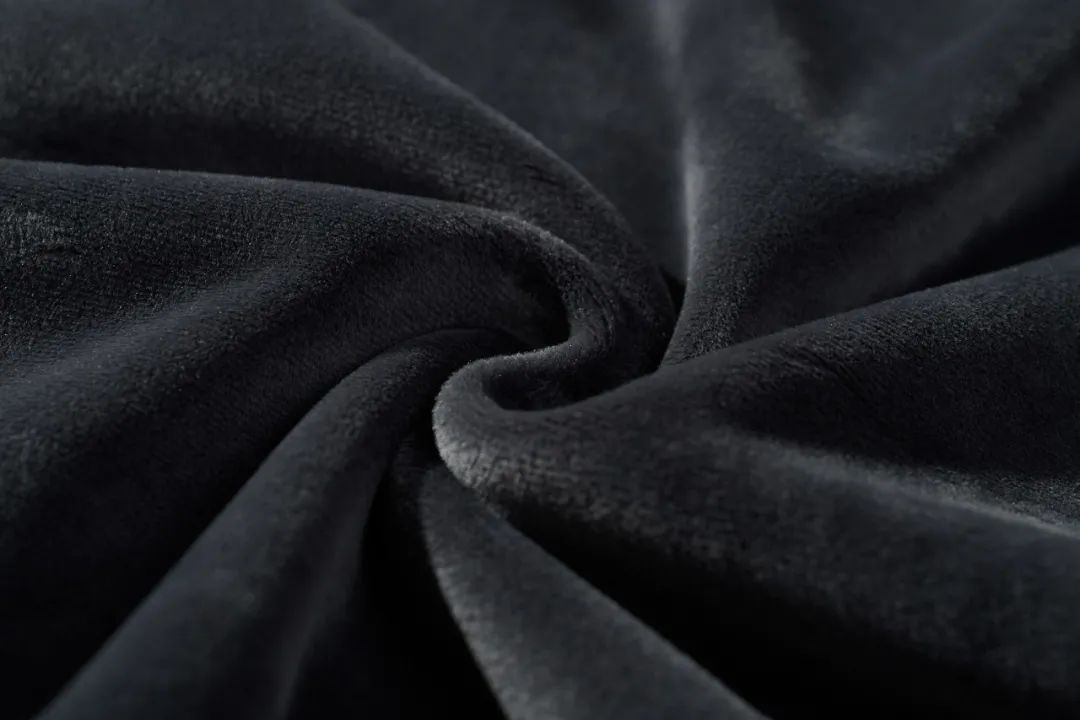
Advantages: excellent elasticity of the fabric, fine texture, soft and comfortable, no pilling, no color loss.
Disadvantages: new silver fox velvet products will begin to appear a small amount of hair loss but will reduce after some time, dry season, silver fox velvet easy to generates static electricity, and the fabric is not very breathable.
5. Lamb's Fleece
Lambswool itself is not a standard term, it is the usual name used by businessmen and belongs to imitation cashmere.
Lambswool products (4 pictures) imitation cashmere (fake lambswool) chemical composition is 70% polyester and 30% acrylic. It is produced using high-speed warp knitting machines and is widely used in home textiles, clothing, and toys.
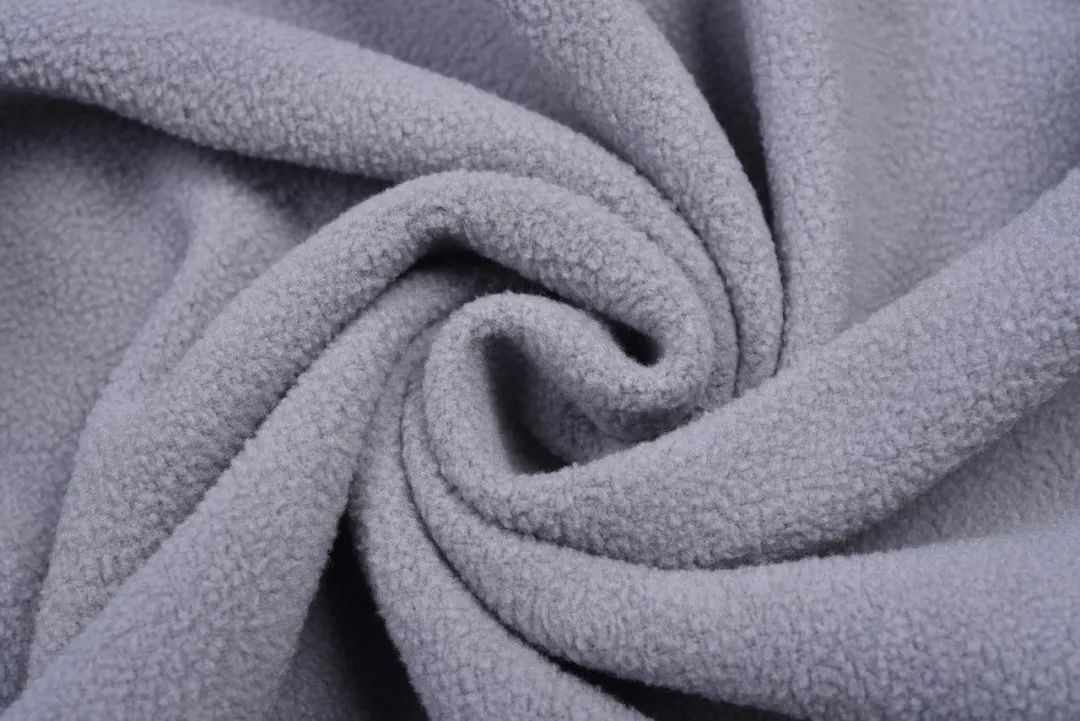
Advantages: Lambswool has a beautiful appearance and a certain fluffy feeling, the fabric is easy to shape and favored by designers, the fabric has good elasticity and breathability, the fabric is very comfortable to wear.
Disadvantages: Lamb's wool is still a chemical fiber, the quality and function is certainly not as good as cashmere, so we should learn to identify the authenticity of the fabric when buying cashmere products.
6. Non-reverse pile
In the ordinary high-speed warp knitting machine without a terry comb, the use of the front comb for a long needle back pad yarn movement, so that the surface of the fabric produces a long extension line, the use of spandex raw material elastic recovery force, so that the surface of the formation of terry, in the finishing will be cut off the long extension line to form a velvet surface. The warp-knitted velvet fabric produced in this way is also called "non-reverse velvet".
The "non-reverse pile" is a type of warp-knitted stretch velvet. This kind of pile fabric is similar to vertical velvet fabric, and it has excellent luster, elasticity, and soft feel, making it a superior fabric for high fashion, tight-fitting clothing, and decorative items.
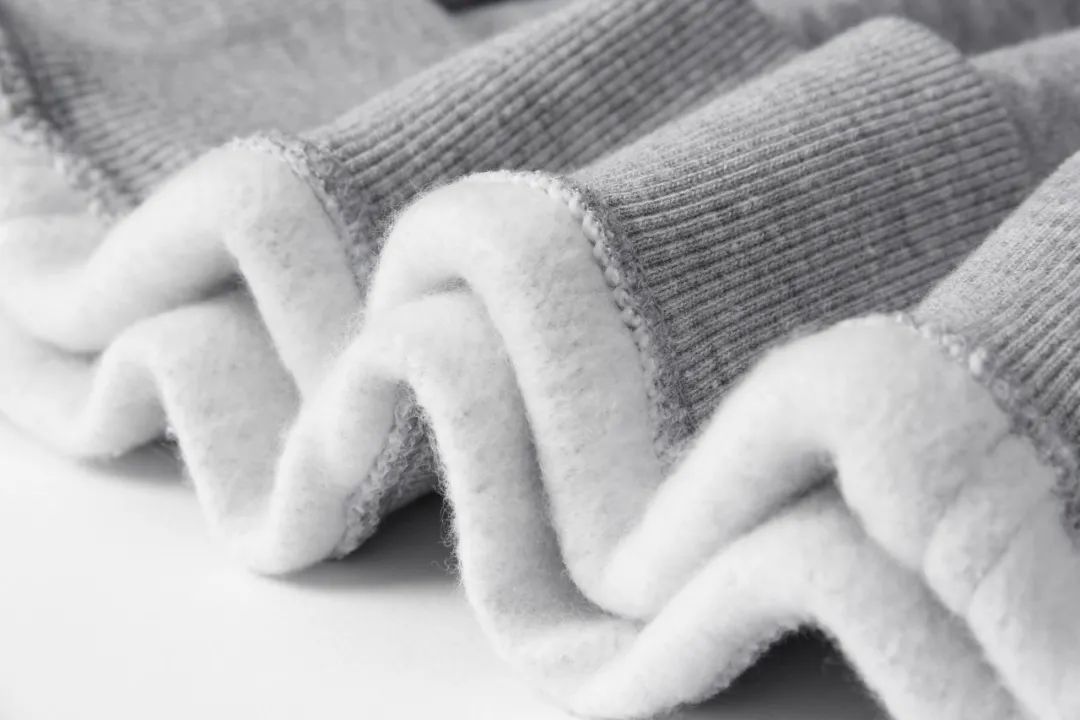
Advantages: The non-fleece fabric has a long service life and will not deform or fade after many washes. It also has good elasticity, gloss and excellent warmth.
Disadvantages: not down fabric is easy to appear sticky hair and sticky dust, and will be easy to produce static electricity after a long time.
Post time: Jan-30-2023
